Wildflower Sighting Updates
August 2023
WAMBYN RESERVE
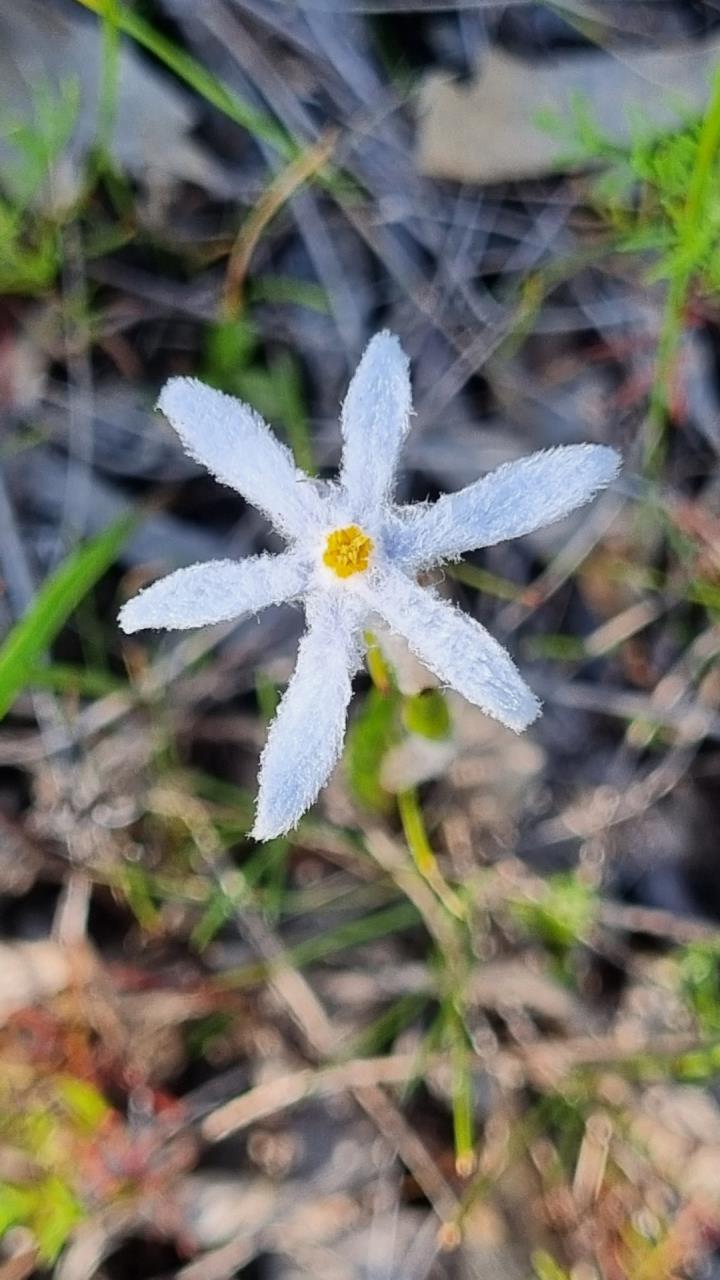 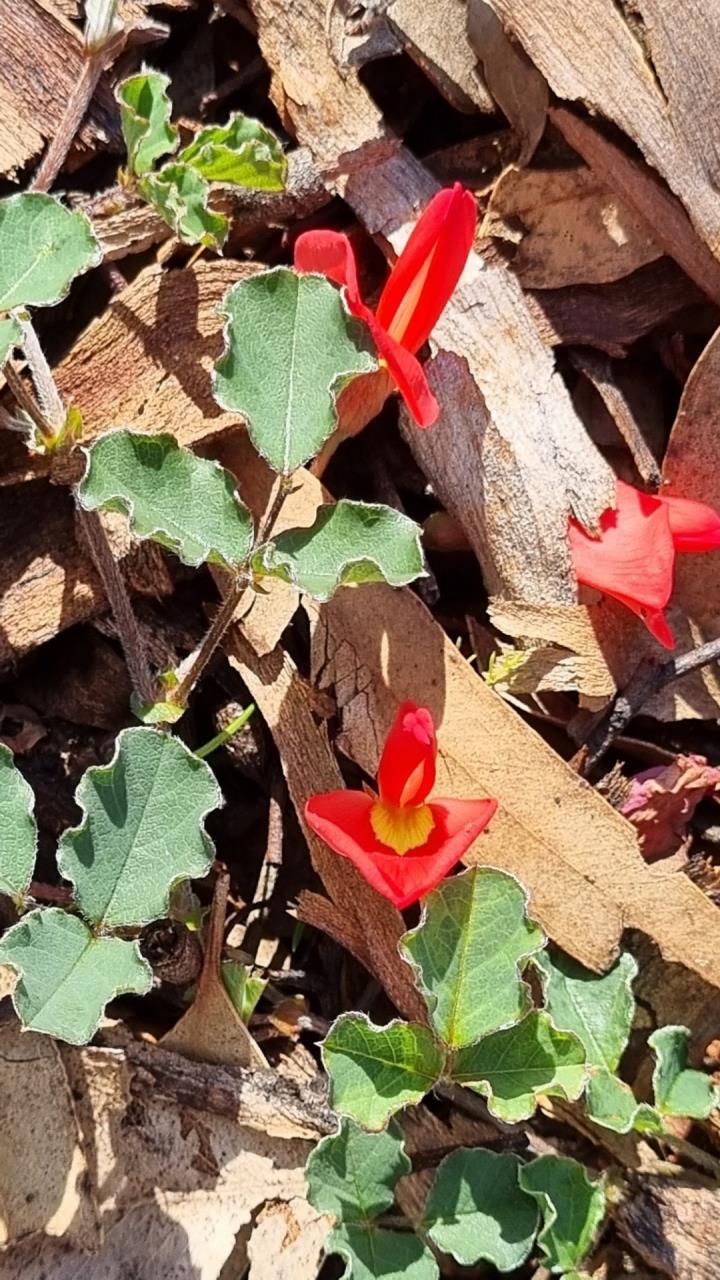
August 2023
WAMBYN ROAD
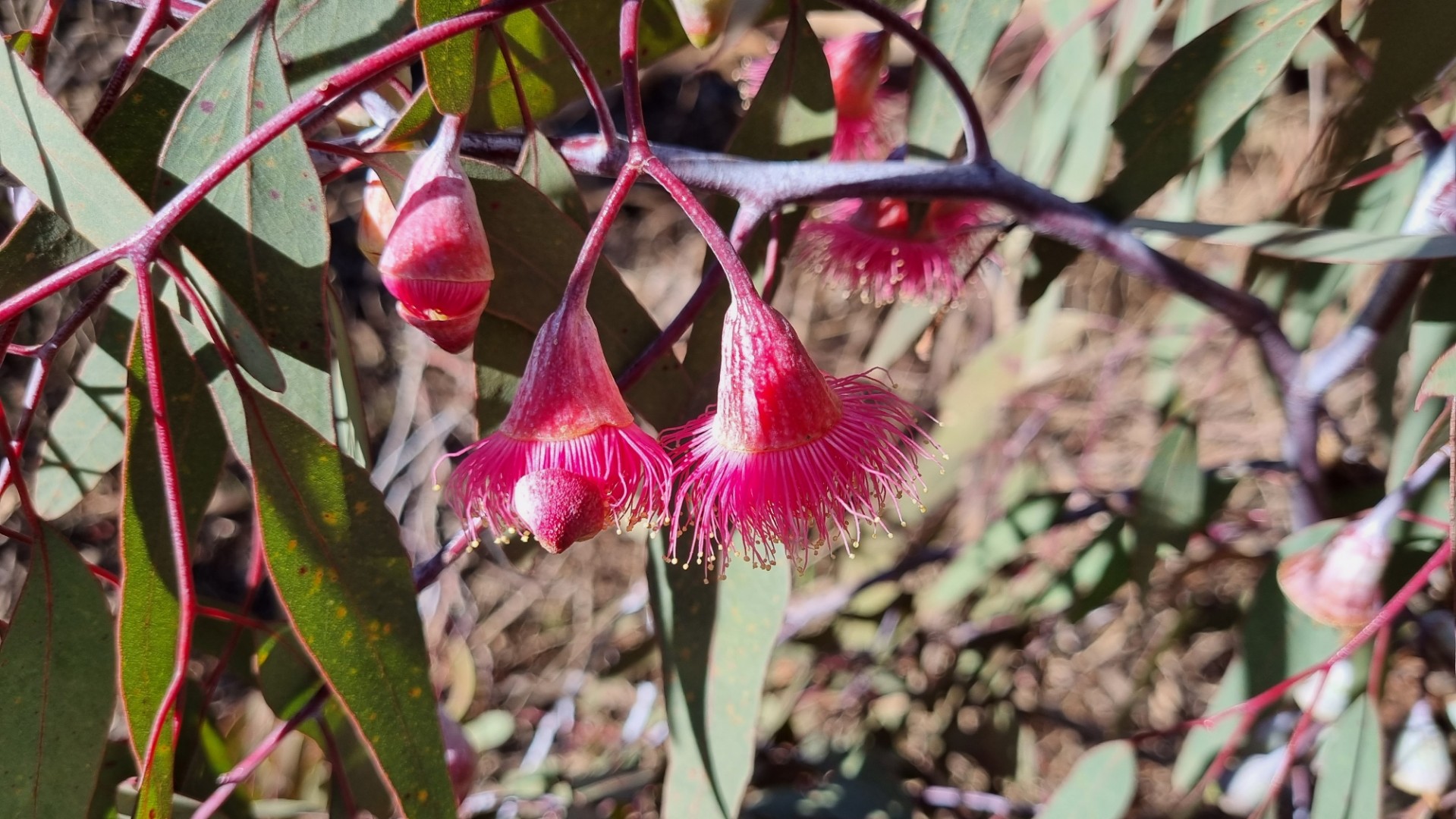
August 2023
MOUNT OBSERVATION
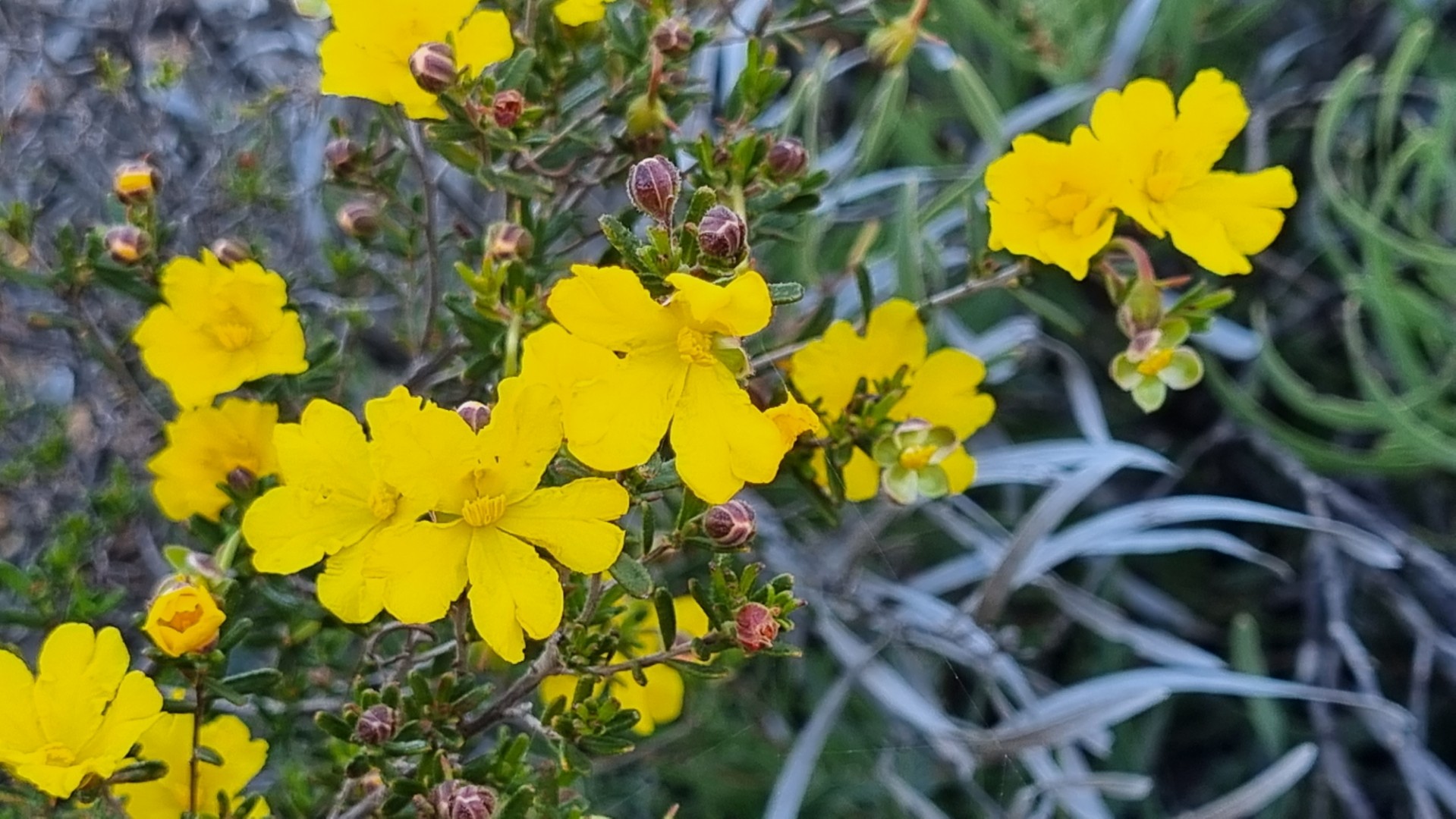 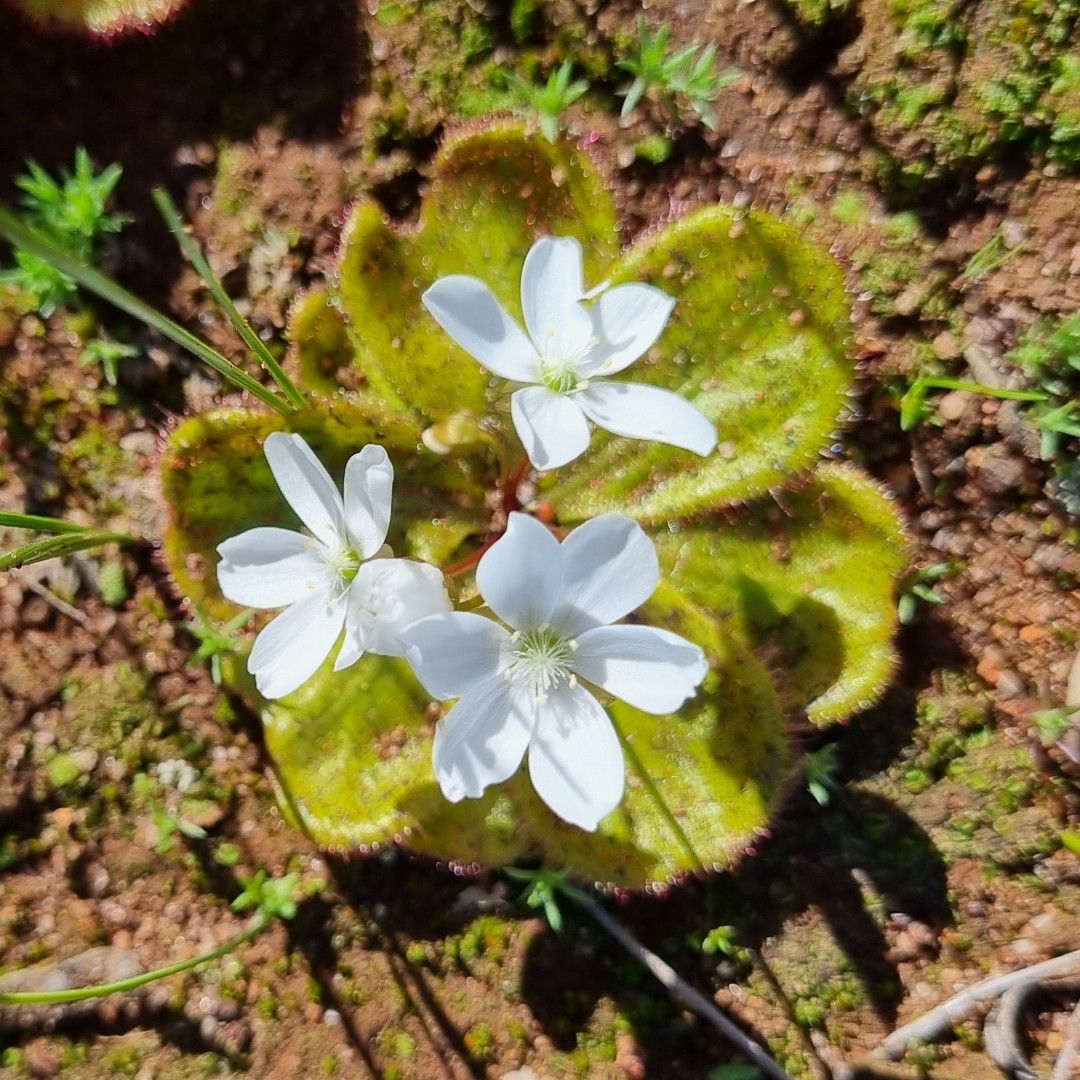
August 2023
MOKINE RESERVE
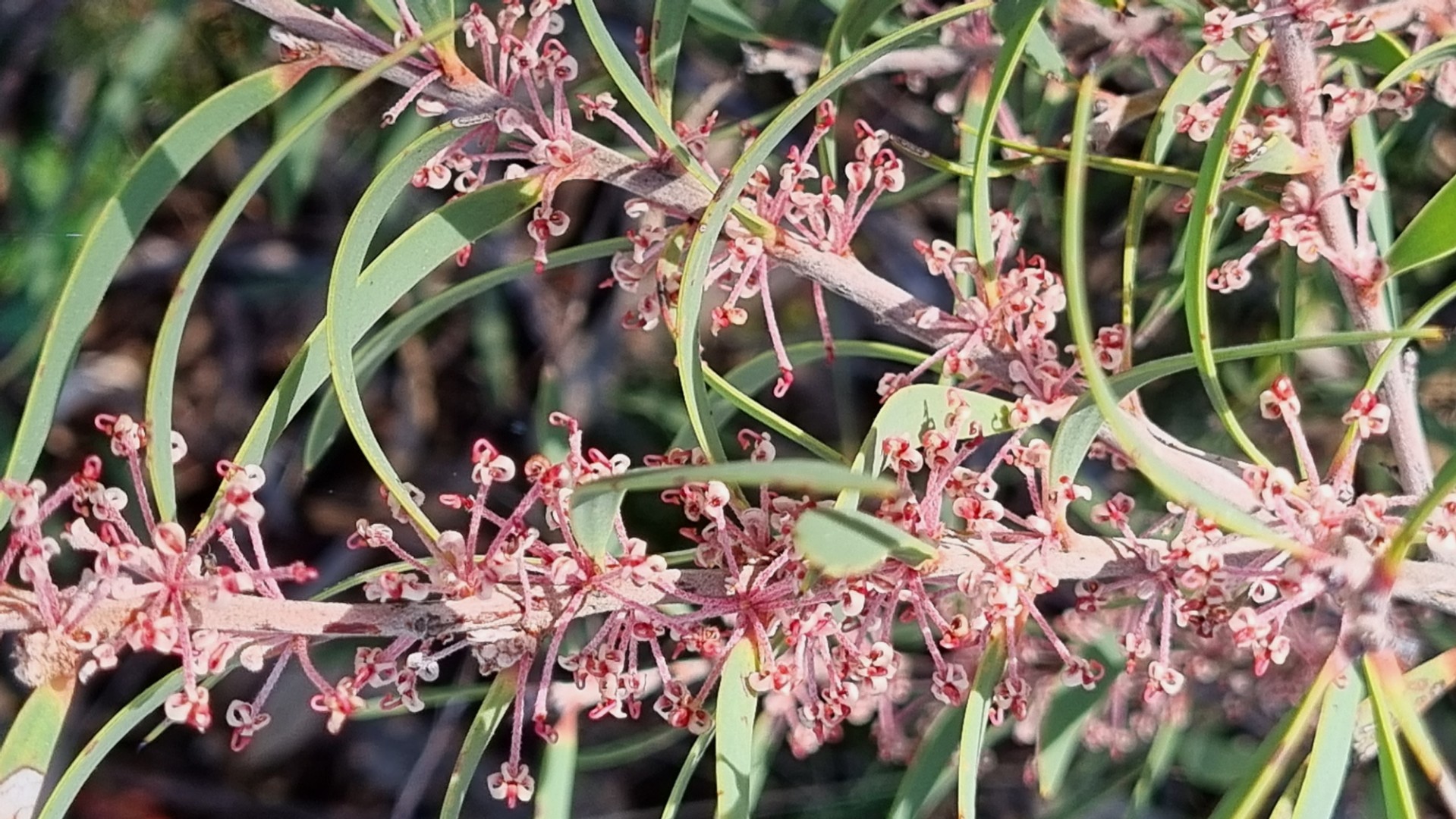
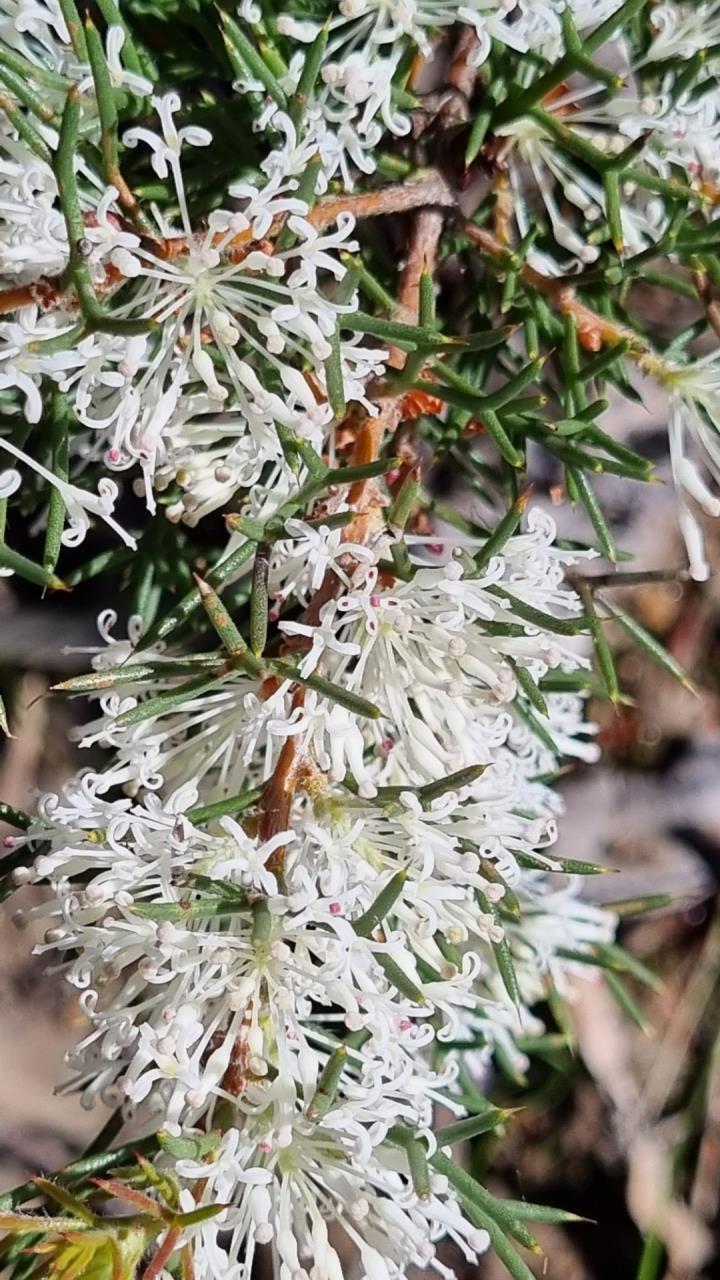
August 2023
ST RONAN'S RESERVE
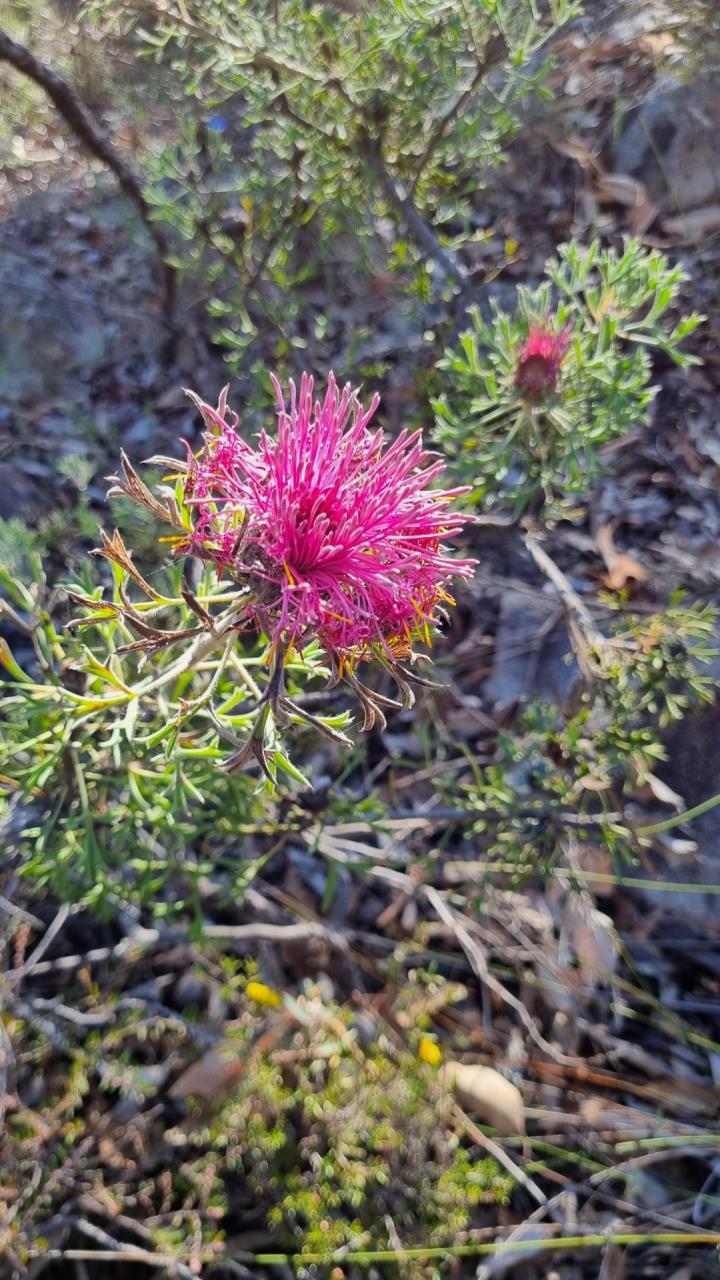 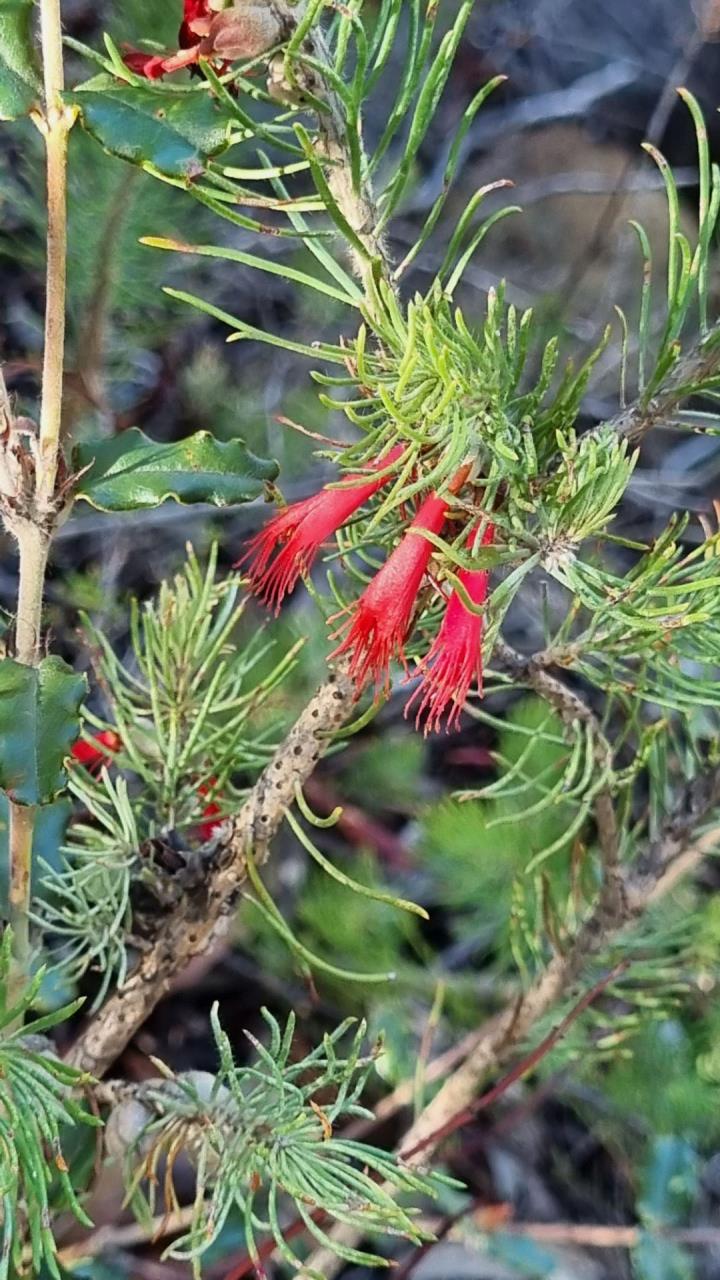
August 2023
OSWALD SARGENT RESERVE (Golf Club and surrounds)
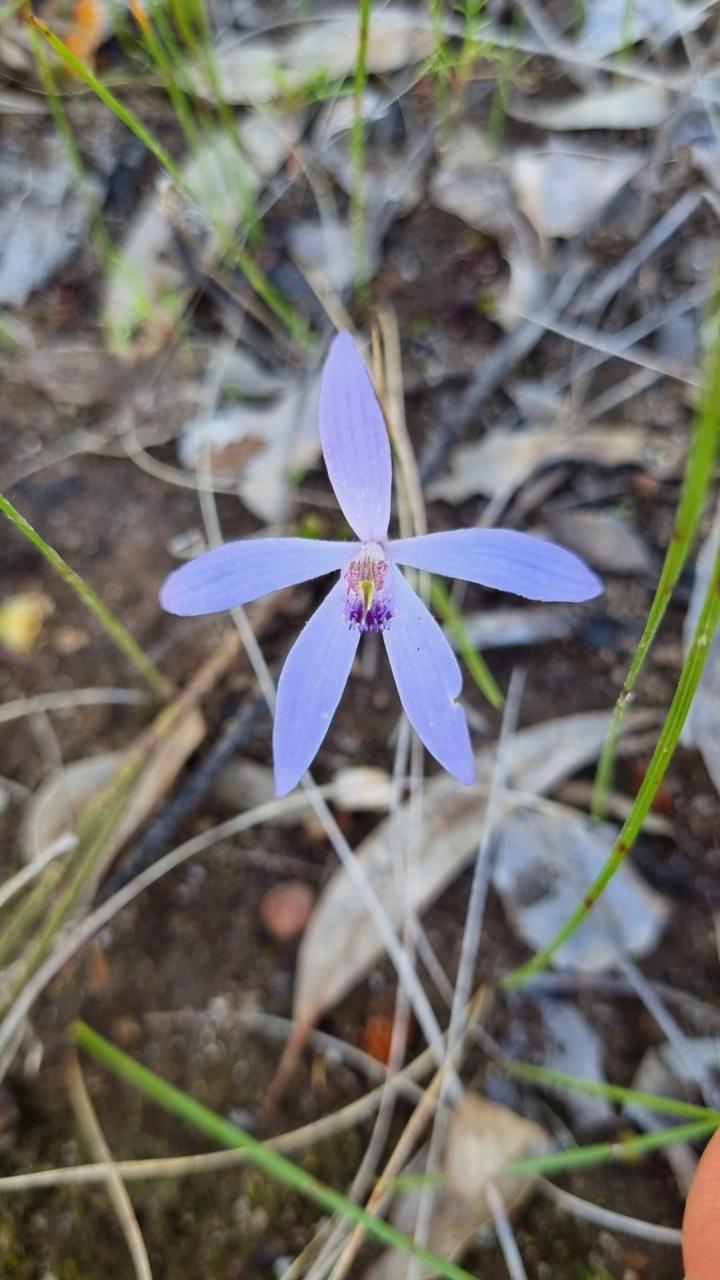 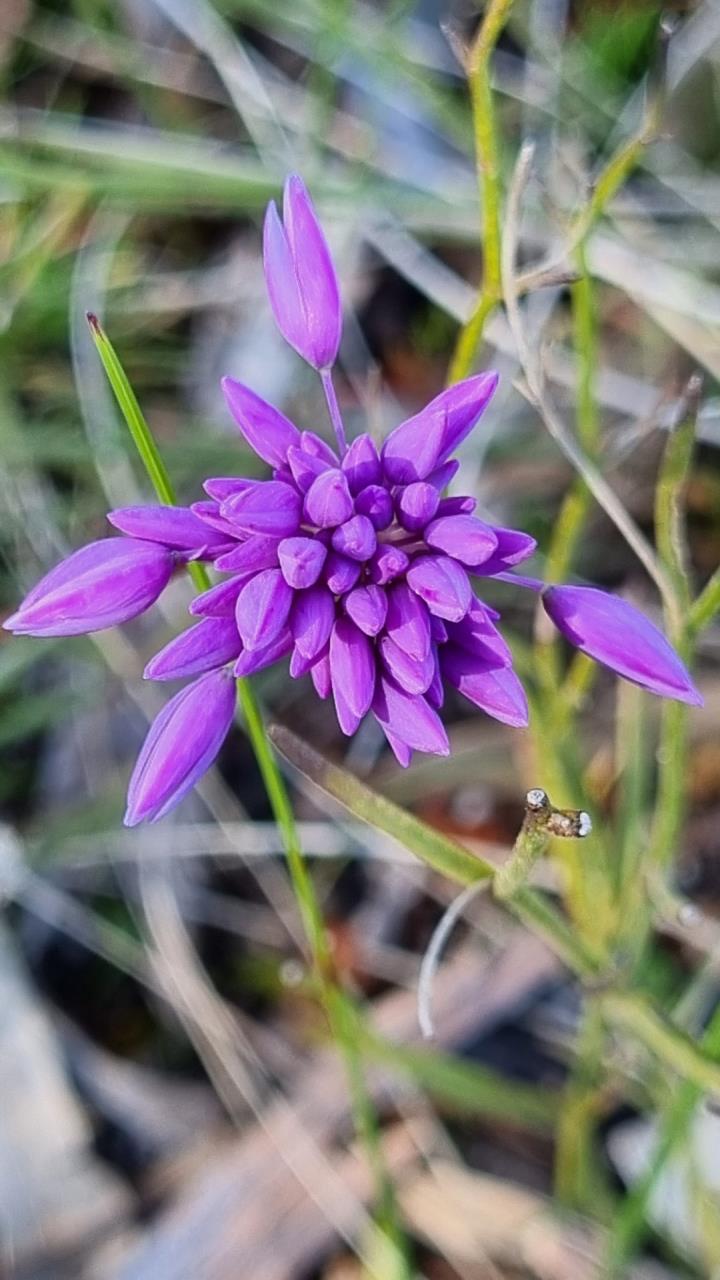
August 2023
TALBOT RESERVE
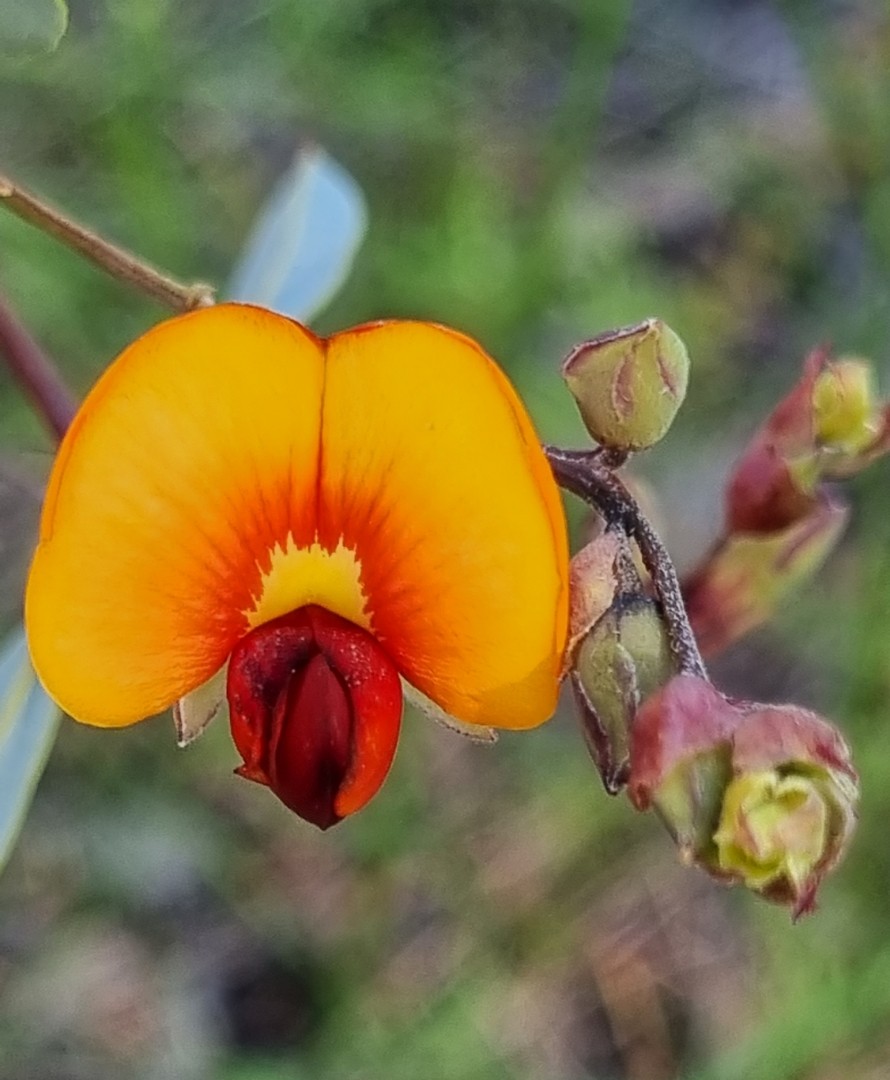 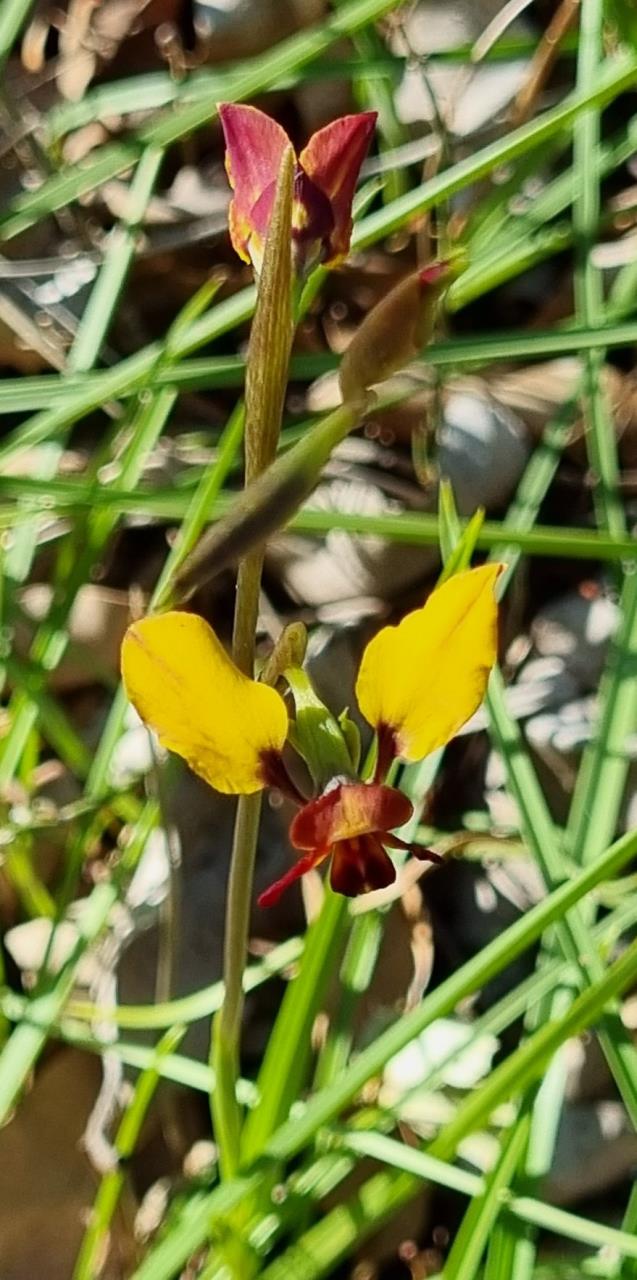
Western Australian Wildflowers
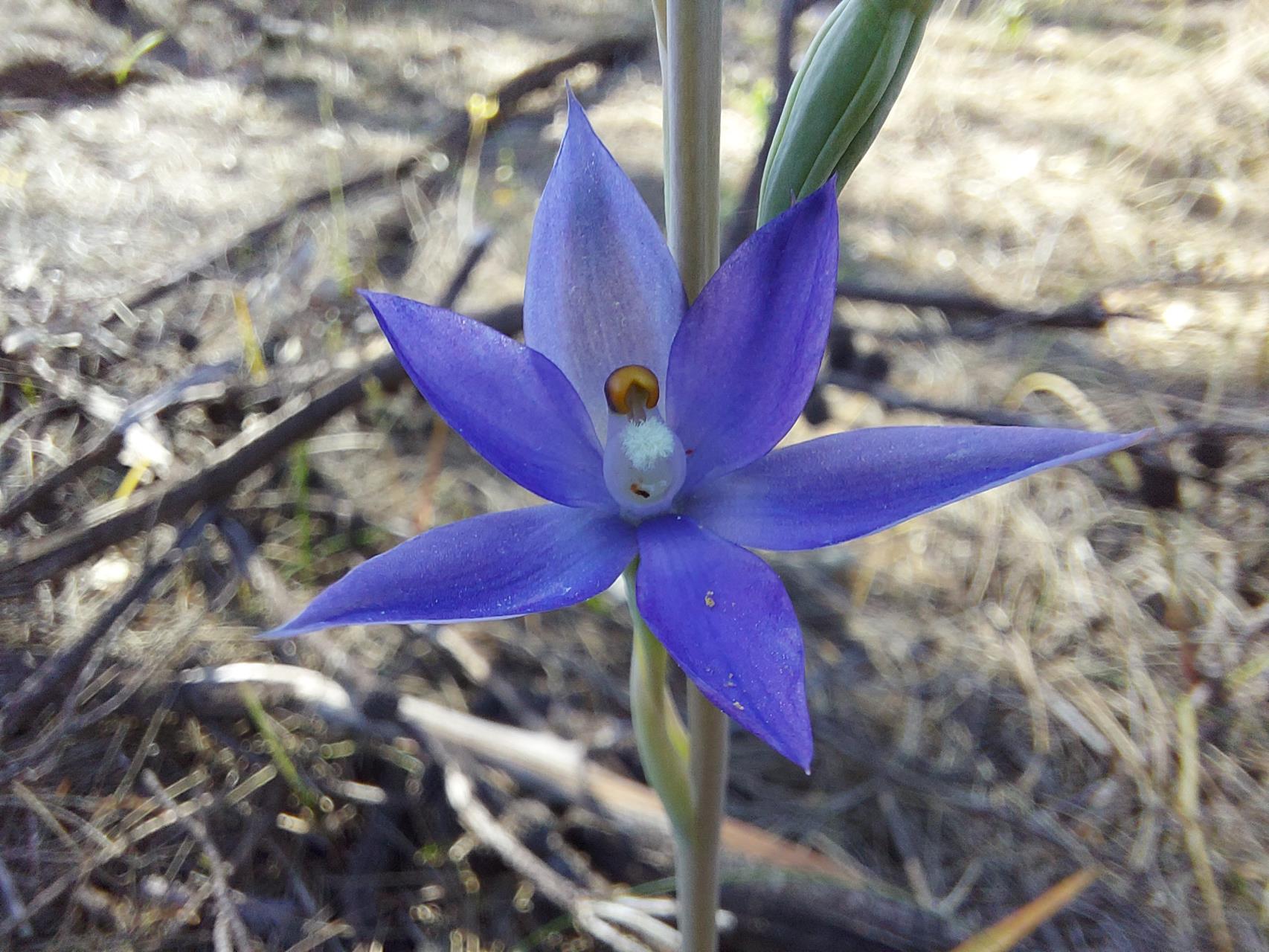
The Scented Sun Orchid (Thelymitra macrophylla) flowers in mid spring and often grows together with the Shy Sun Orchid and the Queen Orchid. All three species are very common along the Darling Scarp east of Perth.
Large specimens of the Scented Sun Orchid can stand up to a metre tall and carry several dozen flowers along their stem. The sweetly scented flowers are variable in colour, ranging from blue to purple.
Thelymitra macrophylla was first formally described in 1840 by John Lindley from a specimen collected by James Drummond. Drummond, who had a home in the Avon Valley, was an avid botanist and plant collector during the early 1800s, working as the Western Australian Government’s naturalist and was said to be “far and away the most successful collector of Western Australian plants of his time." Over one hundred plant species are named in his honour.
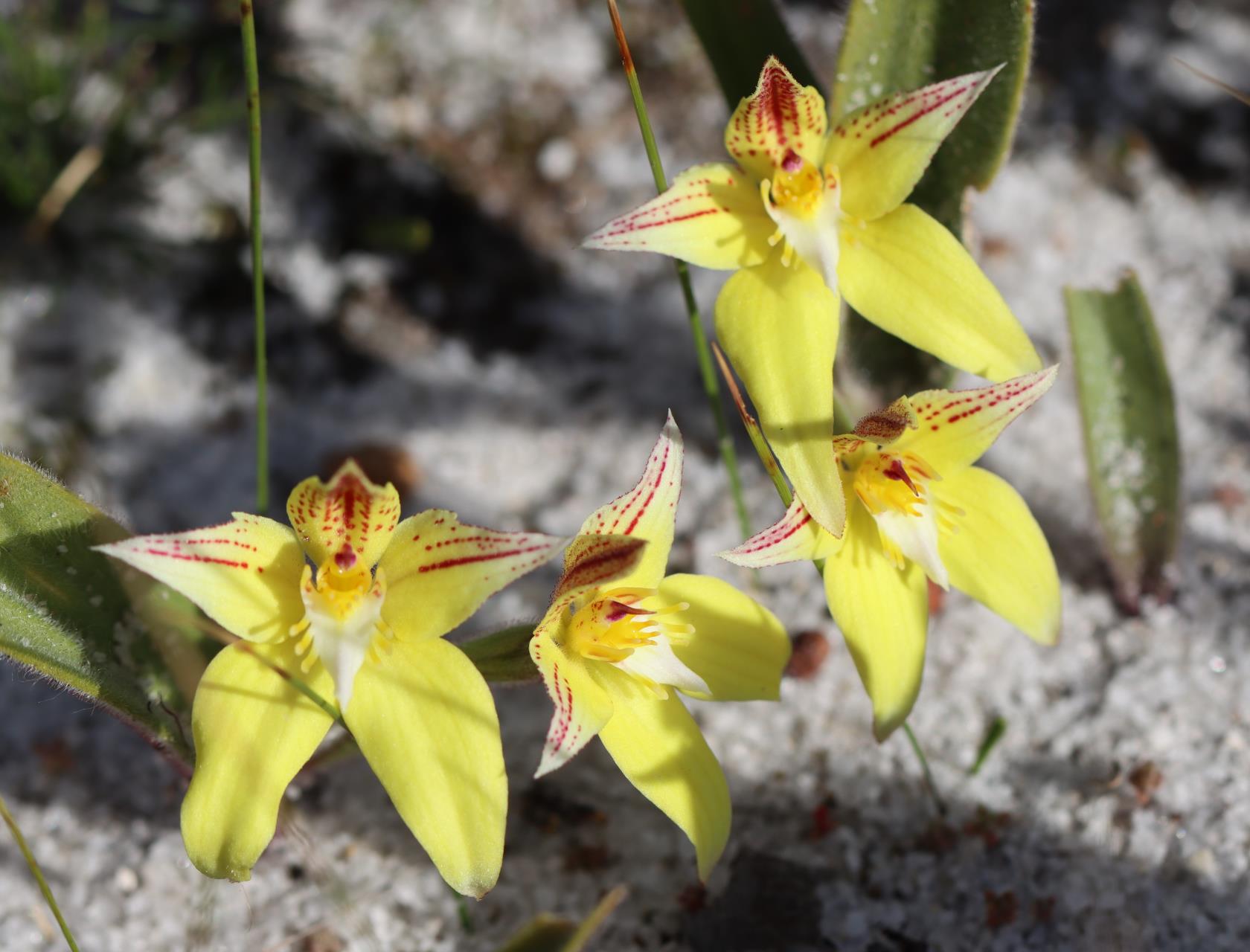
Wambyn Nature Reserve with its open, attractive woodlands and immediate proximity to the Great Southern Highway is ideally suited for public use.
The Aboriginal word Wambyn, meaning the Tawny Frogmouth bird of the night can be seen and around the reserve, looking like part of a branch.
The Wambyn Nature Reserve has developed a reputation for the large number of orchid species which can be found there.
In addition, cream flowered Banksia and Hakeas can be found along with many stands of Grass Trees and Zamia palms. The poisonous Gastrolobium genus (York Road Poison) is common with its beautiful egg and bacon orange flowers. Pink cone flowers and the red half bottle brush are a delight to behold in the spring.
Share your wildflower pics with us using #experienceyork
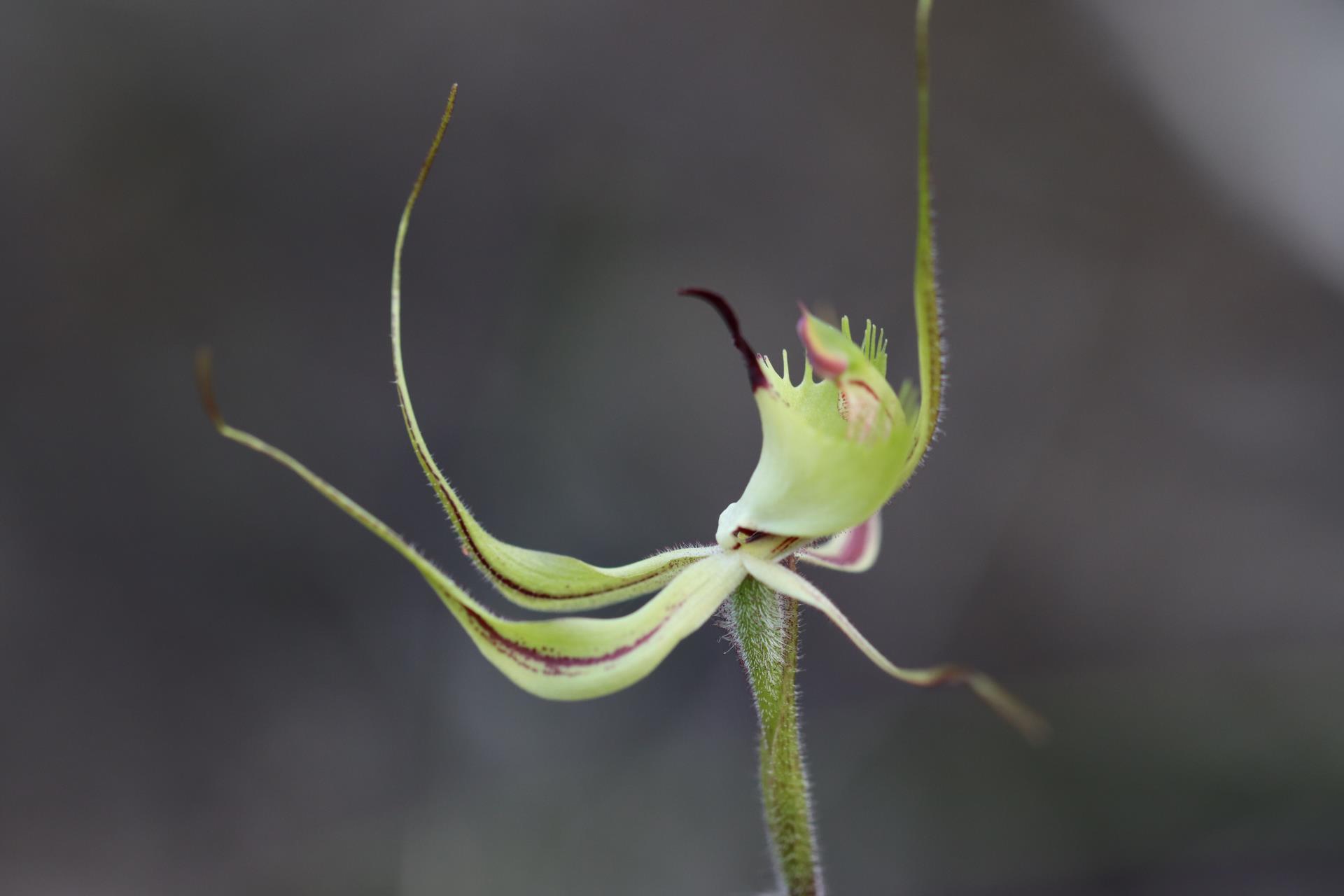
Green Spider / Fringed Mantis Orchid
The Green Spider Orchid (also known as the Fringed Mantis Orchid) is the most common of the green spider orchid group and is distinguished by its large, mostly green flowers.
It’s peak flowering season is mid-spring, slightly later than that of the closely related Fringed Mantis Orchid (Caladenia falcata). Where the two species grow together, the Spider Orchid usually flowers a few weeks later than the Fringed Mantis Orchid, although there is a significant overlap.
These orchids can be found in a variety of habitats, including the Oswald Sargent Nature Reserve, just 5kms west of York where you may find more than stunning orchids, the odd wallaby and echidna have been spotted here too!
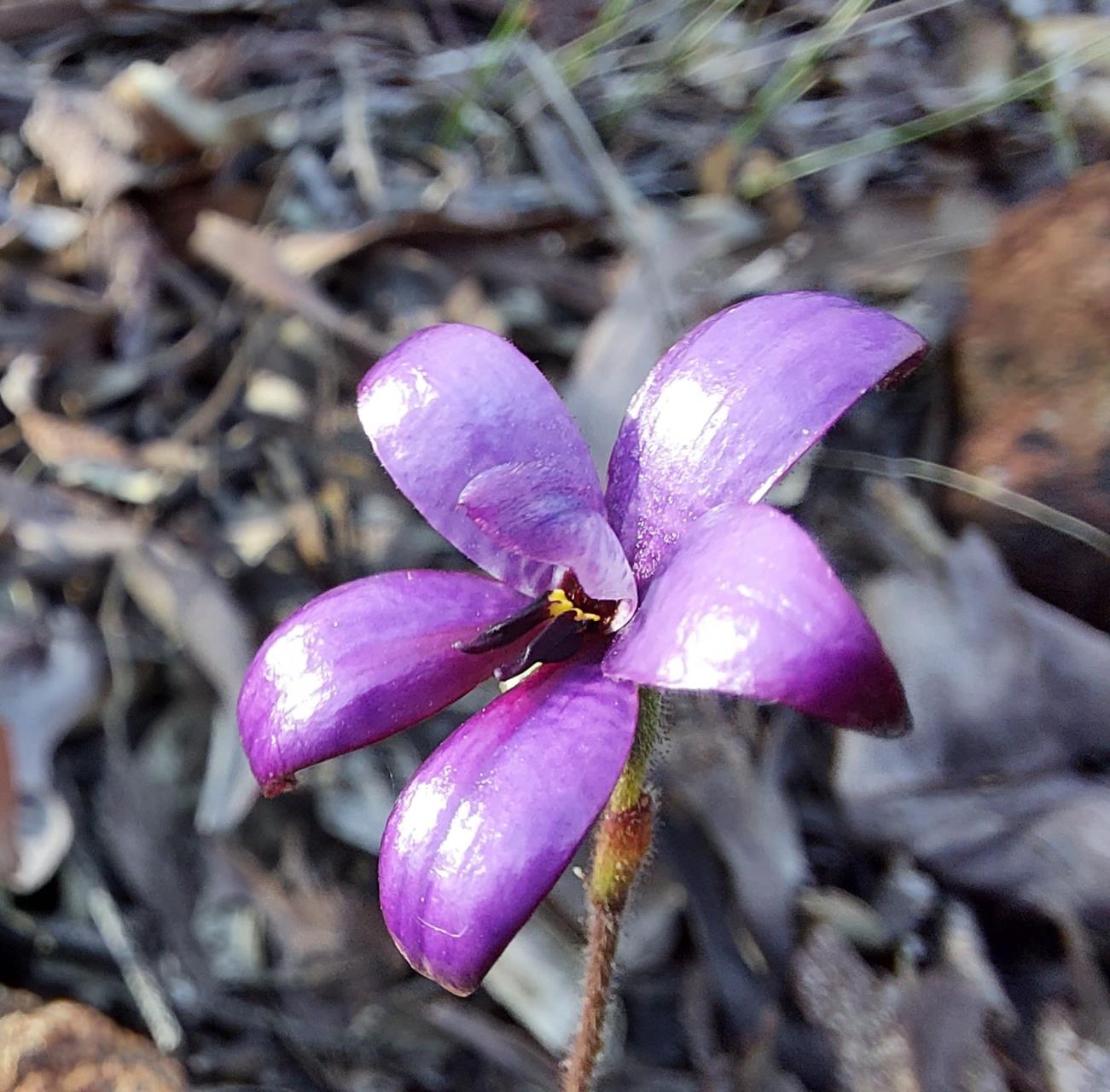
Elythranthera Brunonis, commonly called Purple Enamel Orchid is a shining purple orchid with five petals, several flowers on each stem and spotted buds with a white tipped labellum that is curved under 180 degrees. Their colours vary through purples to pink. Purple and Pink Enamels can be found through much of the wheatbelt including the Wambyn Nature reserve, St Ronan Nature Reserve (not at St Ronan’s Well) and the Oswald Sargent Nature Reserve.
Share your wildflower pics with us using #experienceyork
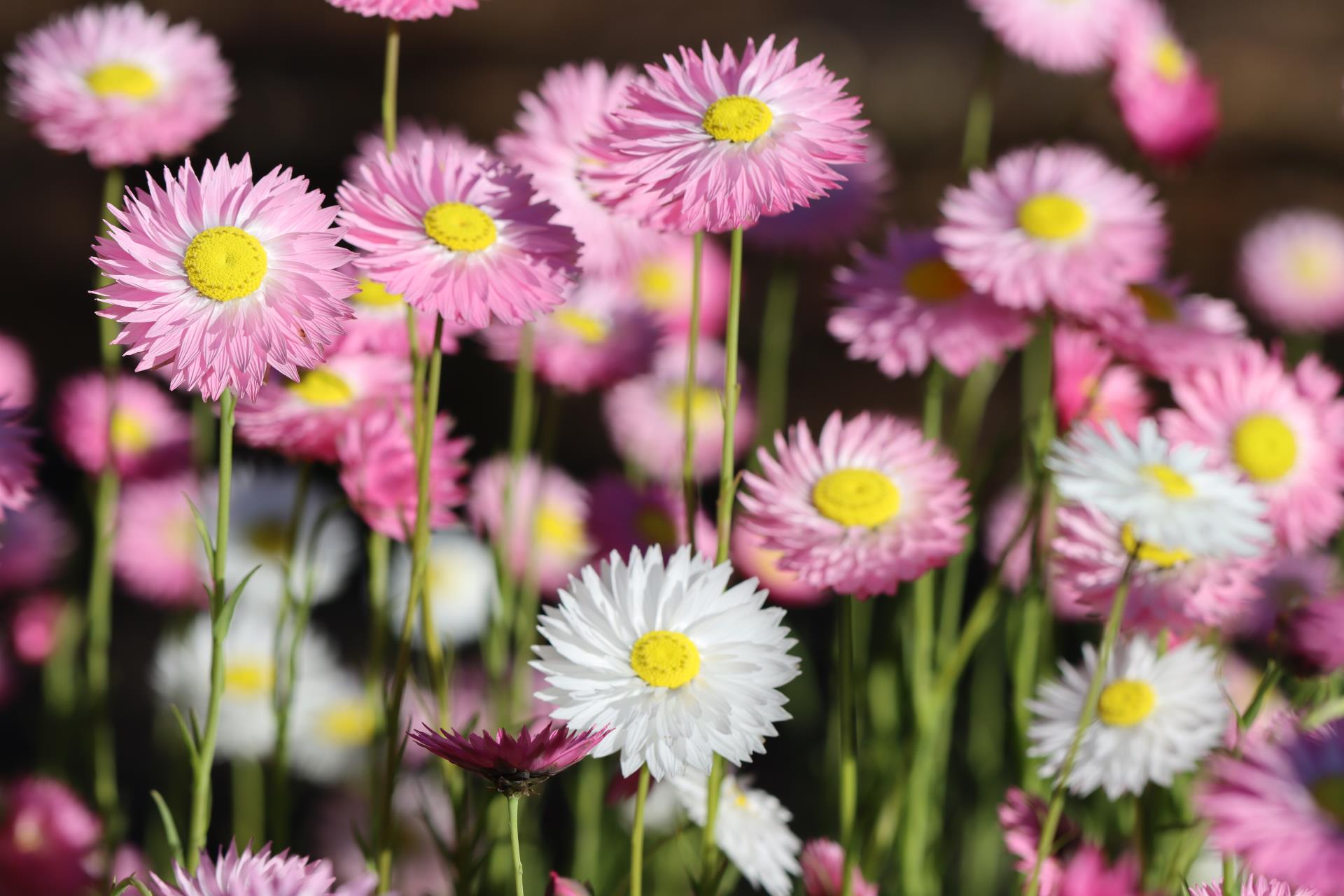
(Rhodanthe chlorosephala ssp. Rosea) Pink & White Everlastings is a common native Australian daisy.
Everlastings can be seeded, it’s easy to grow a patch of pink and white in your own back yard! To create your own meadow effect using native everlastings sow the seed in autumn for spring flowering.
Everlastings can be seen at the York Bushland Garden, the Information Bay along Great Southern Hwy and York Olive Oil Co.
Share your wildflower pics with us using #experienceyork
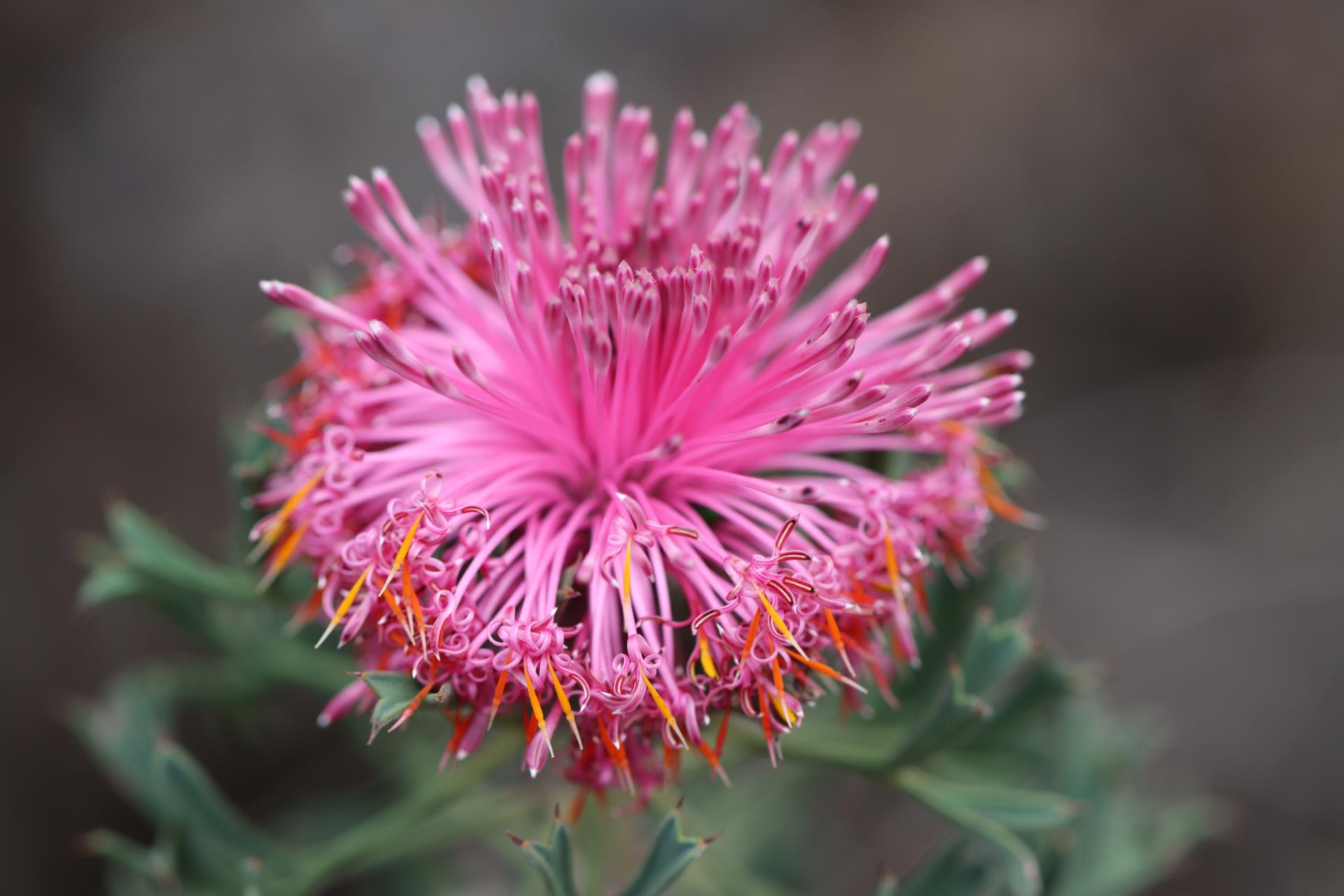
Just a 15-minute drive from York is the beautiful St. Ronan’s Nature Reserve.
The reserve contains incredible wildflowers, wandoo trees, acacia bushes, and low shrub.⠀⠀⠀
Share your wildflower pics with us using #experienceyork
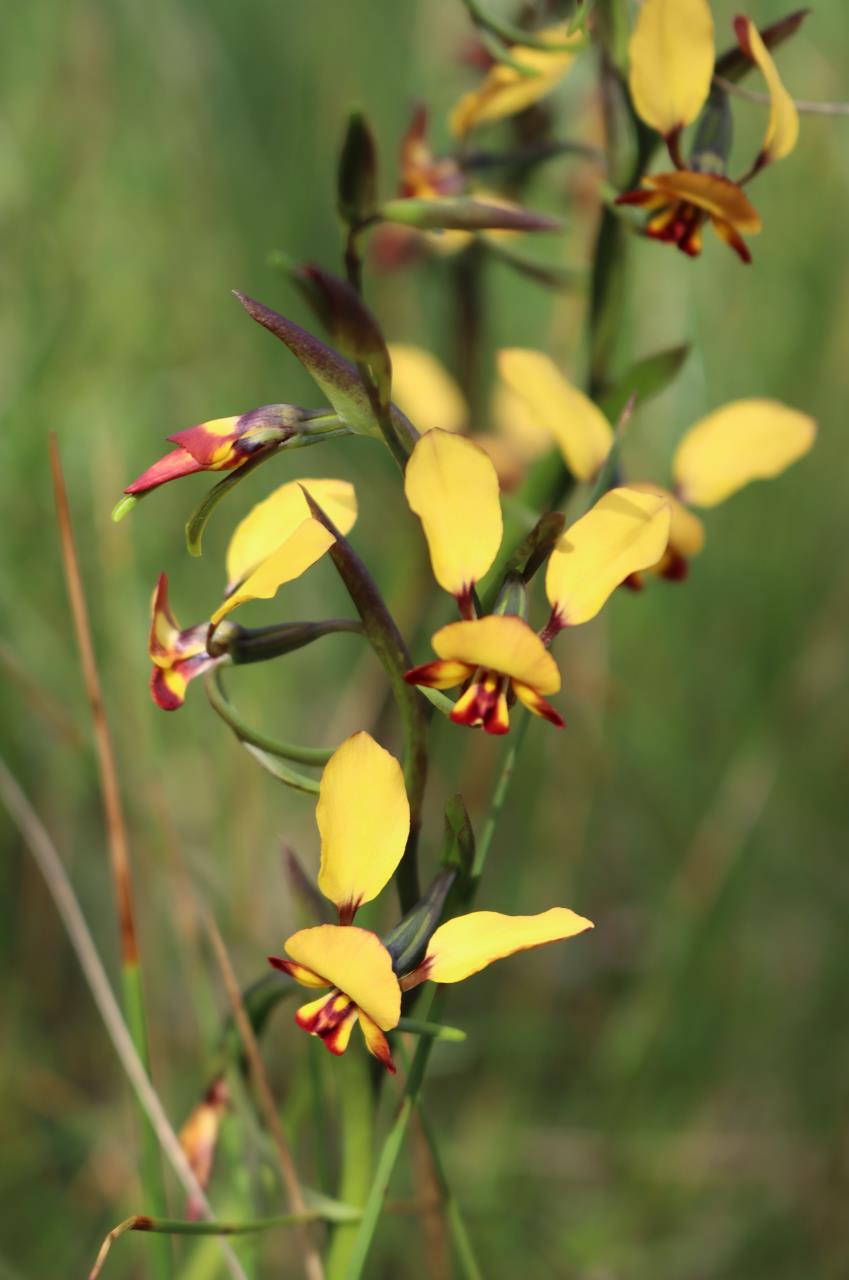
Located in the shire of York, the Orchid Nature Conservation Reserve is a 5km long, narrow strip of land hugging the Great Southern Highway near Gwambygine. The purpose of the reserve is to protect the rich orchid and wildflower diversity that occurs on the roadside strip. It is dissected by 7 small tributaries of the Avon River and is a generally damp, and partially disturbed environment, perfect for a variety of orchids to grow.
Share your wildflower pics with us using #experienceyork
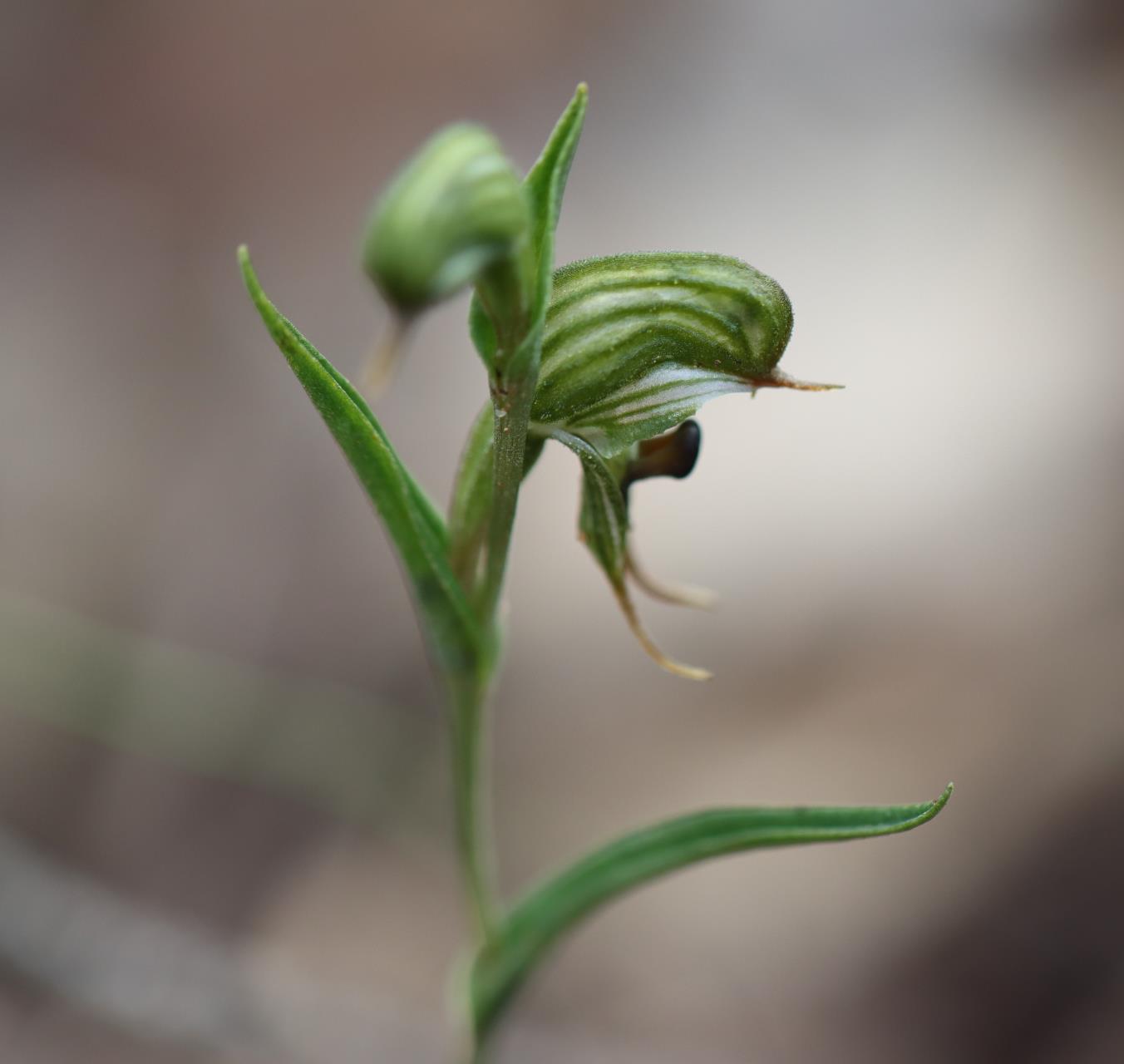
Pterostylis sargentii commonly known as the frog greenhood, is a common wildflower found within the York Shire and beyond. The specific epithet (sargentii) honours Oswald Sargent, who was the pharmacist in York during the early 1900s, as well as a keen botanist who was recognized as an authority on Western Australian orchids.
The Oswald Sargeant Nature reserve is the perfect place to find wildflowers and is a lovely walk at any time of year with granite areas and laterite hilltop and ridge.
Share your wildflower pics with us using #experienceyork
|